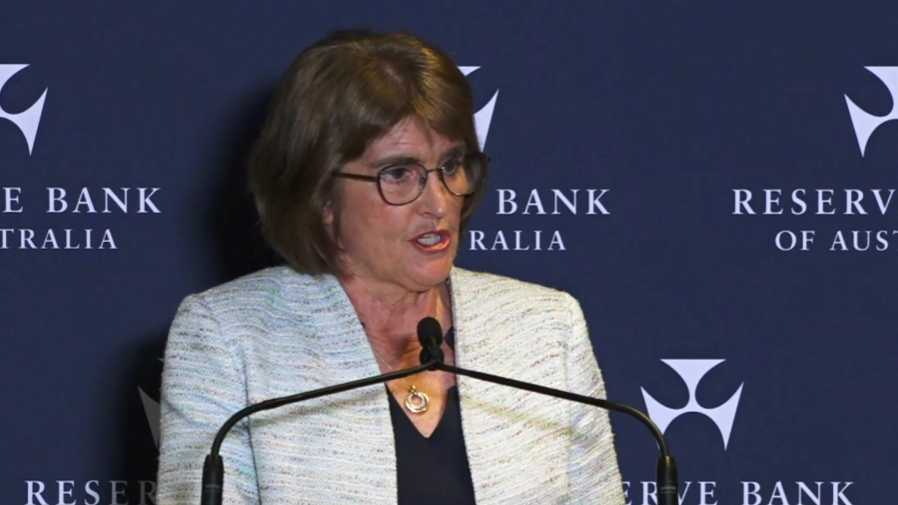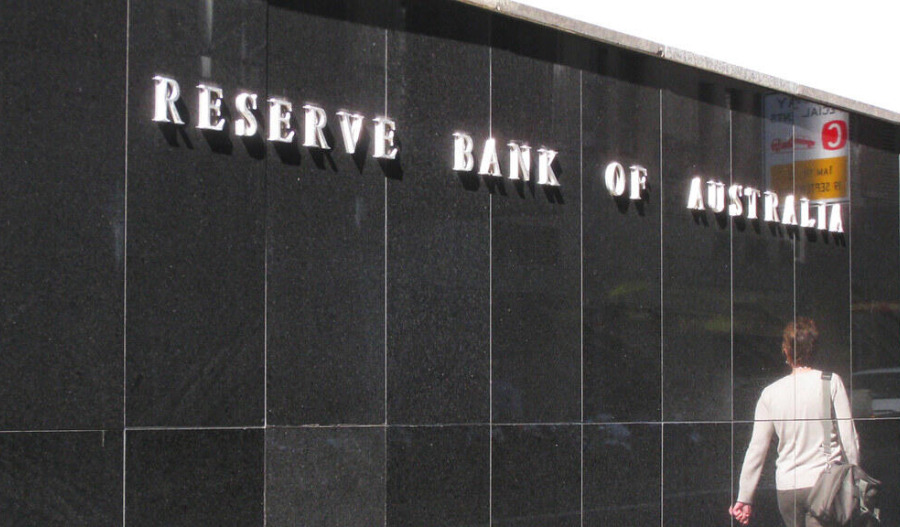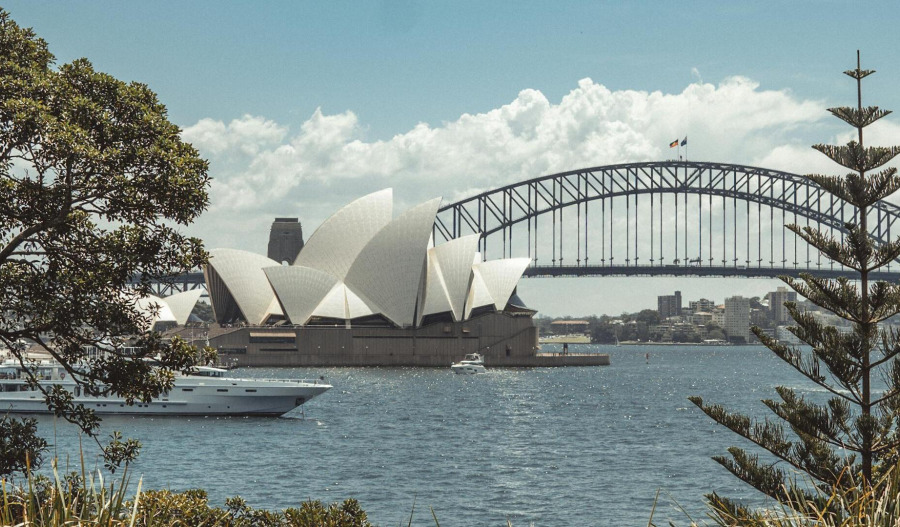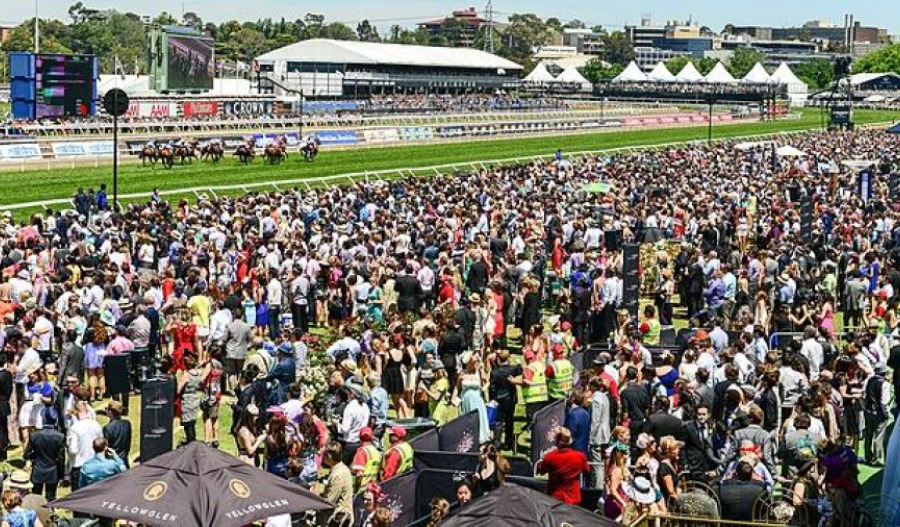The Reserve Bank of Australia (RBA) may need to ease monetary policy less than previously because it had reduced inflation while growing employment, Governor Michelle Bullock said.
She said the resilience of the labour market meant the central bank had started cutting official cash interest rates from a relatively strong position.
“When combined with the fact that we hadn't raised rates particularly high, this could mean that less easing and monetary policy is needed in this episode compared to previous ones,” Bullock noted at the post-meeting press conference.
“So the Board will remain cautious, driven by what the incoming data tell us about the outlook.”
She was speaking after the RBA Monetary Policy Board’s unanimous decision to keep the official rate, which influences borrowing costs across the economy, on hold at 3.6% for the second time in three months.
The forecast in the August Statement of Monetary Policy that underlying inflation would rise above 3% in the coming quarters before settling at 2.6% in 2027 was based on a technical assumption of one more rate cut in 2026.
Asked about the risk inflation could “get away” and how confident she was that monetary policy was restrictive enough, Bullock said: “It's possible that there's no more rate cuts. It's possible there's some more. But as I said earlier, we didn't go up as high. We might not have to come down as far.”
Asked if the RBA was abandoning its 2.5% inflation mid-point target, she said a rate just below 3% was not good enough for the Board.
“I think again, when you take those inflation forecasts at face value with the one more interest rate cut in there, what that's telling you is that it's really an interesting question about whether there's many more rate cuts left to come,” Bullock said.
She said the Board did not discuss cutting or raising rates at its last meeting, the second last of the year, before the final meeting on 9 December.



